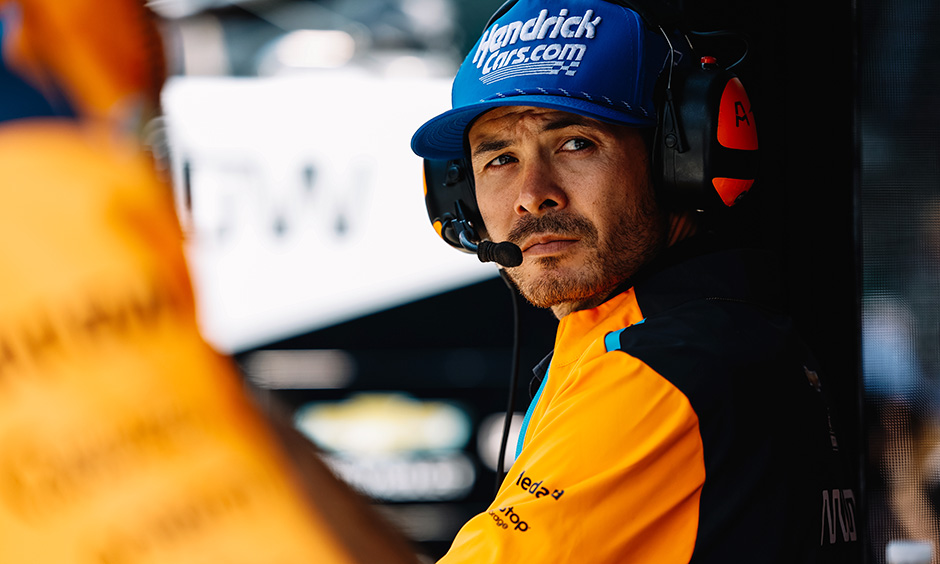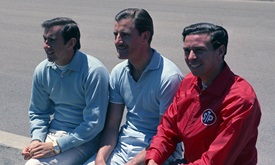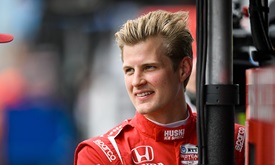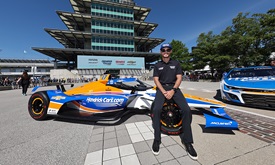2023 Writers’ Roundtable, Vol. 40: Biggest Larson Challenge?
OCT 11, 2023
Today’s question: What will be the biggest challenge for 2021 NASCAR Cup Series champion Kyle Larson as he adapts to NTT INDYCAR SERIES machinery Thursday during the Indianapolis 500 Rookie Orientation Program?
Curt Cavin: I think of this being two different adjustment periods for Kyle, the first coming this week. Next spring, the challenge will be finding those final tenths of a second that moves him up several positions in a day’s running order and learning to drive in traffic. Both of those are major hurdles for the days to come, and Kurt Busch’s learning curve with Andretti Autosport in 2014 will be a good comparison. (As a reminder, Kurt came back from a Turn 2 crash in practice to qualify 12th and finish sixth, an outstanding performance.) But Thursday will present its own sort of challenges for Kyle, and it starts with learning the tools available to him. One set is on his steering wheel, and it’s a steering wheel unlike any he’s used in his diverse career. A second is the in-cockpit adjustments he can make to the handling of the car. The day he had in the simulator should have prepared him for some of the former, and the team will help him Thursday with some of the latter, but he will find both new while he adapts to everything else that’s happening on the track. He’ll have some NASCAR habits to break, such as corner entry, but he’s a pro’s pro, so he should clear those in short order. But the combination of these challenges is what makes the foray so interesting and exciting. Kyle is the most well-rounded and accomplished North American race car driver since Tony Stewart, and it will be fascinating to watch him learn and adapt to Indianapolis Motor Speedway in one of these cars.
Paul Kelly: I think there are two answers to this question, one obvious and the other a bit more subtle. First, the obvious – the speed. Larson has reached around 205 or 210 in a Cup Series car at Daytona or Talladega. He probably will tickle or exceed 230 mph entering Turn 1 and Turn 3 during the final phase of his Indy 500 rookie test Thursday at IMS. The pole lap for the 2019 Brickyard 400 – the last Cup Series race on the oval in which qualifying occurred – took 48.448 seconds by Kevin Harvick. A 225-mph lap – which Larson may not reach Thursday – takes just 40 seconds. Alex Palou averaged 38.4259 seconds per lap during his four-lap pole run last May. That’s more than 10 seconds per lap quicker than Harvick’s pole time in 2019. I’m not trying to denigrate the Cup Series, but in the words of the immortal Ferris Bueller, “Life moves pretty fast,” in the Indianapolis 500. The more subtle challenge matches what Curt wrote about – the tools in the car to adjust its handling on the fly. Larson must adapt to weight jackers that allow him to tweak the handling lap by lap or even corner by corner. That gives him the ability to fine-tune the handling far more than in a Cup car, which is helpful for any driver. But it’s also one more thing to think about in an already alien cockpit. I can’t wait to see Larson’s progress Thursday.



















